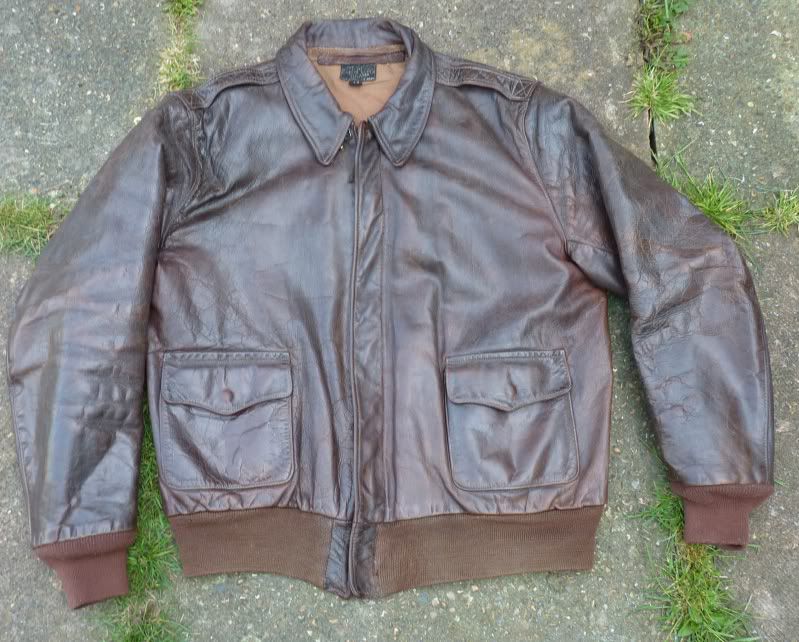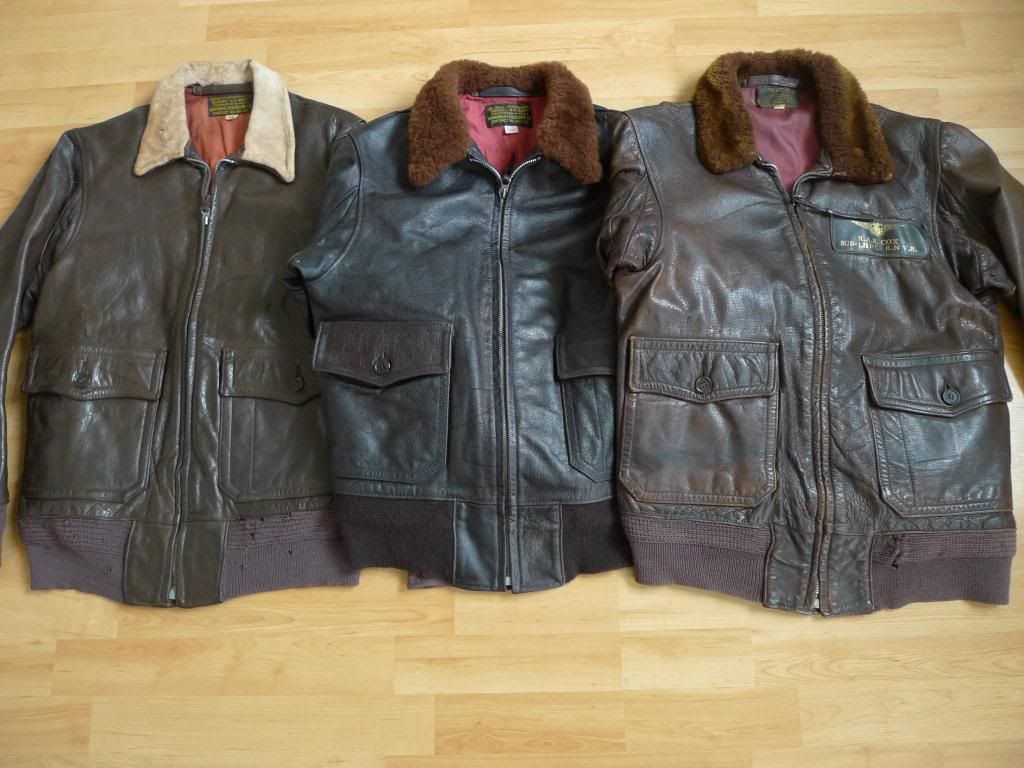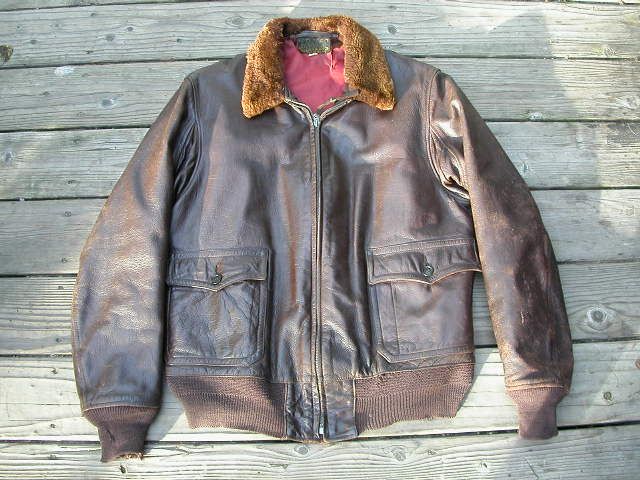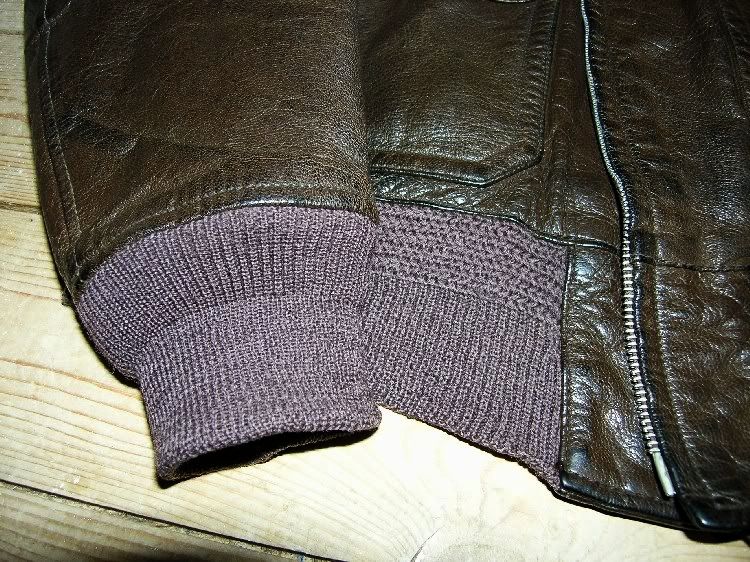foster
Well-Known Member
I gave a lot of thought to getting a Buzz Rickson copy of the Superior Togs with the red knits last year, but I didn't find any unquestionable evidence of originals in photographs or of surviving originals in online searches. I do think it somewhat odd that the only A-2 jackets made by Superior Togs was the first contract in 1931-32 and that was not for very many jackets. I don't think those had the berry knit, but were more brown in color. I wonder how one can reconcile there being 'leftover' knits at the contractor to be used on B-10's over a full decade later.
All that aside, the red knits on a B-10 do look quite distinctive and eccentric! But I am too much an idealist/ purist when it comes to wearing a historical copy of a jacket to buy one which I cannot know is historically accurate beyond question.
All that aside, the red knits on a B-10 do look quite distinctive and eccentric! But I am too much an idealist/ purist when it comes to wearing a historical copy of a jacket to buy one which I cannot know is historically accurate beyond question.




